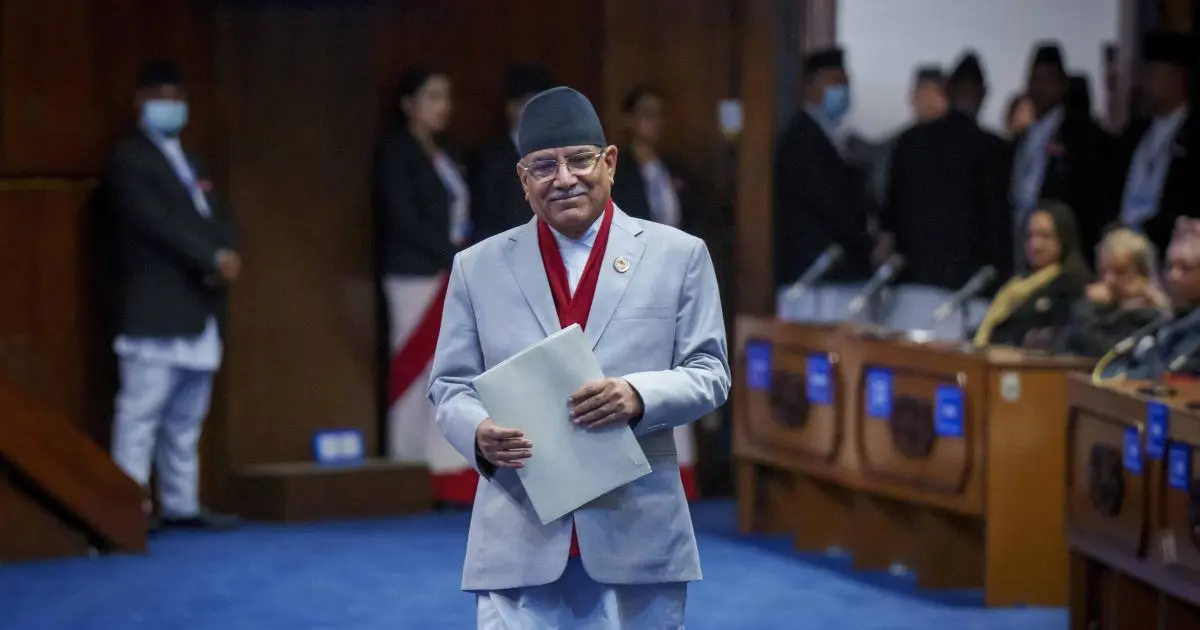The government of Nepal ended its social media ban after huge protests across the country on September 9, 2025. The protests turned violent, leaving 19 people dead and over 300 hurt in cities such as Kathmandu. Citizens were angry about corruption and the sudden ban on major apps, like Facebook and YouTube. Some protestors damaged the home of the President, and even the main airport in Kathmandu was closed. The decision to lift the ban came quickly because leaders faced huge pressure from the public. Read ahead for more valuable information!
Why the Ban Was Imposed?
The Nepalese government imposed the social media ban earlier this year. Officials said they wanted to fight against fake news, hate speech, and harmful content that was spreading quickly on platforms like WhatsApp, Twitter, TikTok, and Instagram. According to the government, social networking platforms were misused about religion, politics, and sensitive ethnic issues.
On top of that, leaders further argued that such content was dangerous for the unity and peace in the country. That is why it was necessary to create a safer environment, particularly for the younger generation. Moreover, the decision to block the entire social media was seen as extreme. Instead of targeting harmful content, the government shut down access to millions of people who made use of social media for education, activism, business, and communication.
Public Reaction and Start of Protests
When Nepal banned social media, people felt the change right away. Students were not able to join online classes or share important notes. Small shops that used social networking platforms to sell things lost many buyers. Families were cut off from loved ones abroad, and journalists had trouble posting news. Many thought that the ban was an attack on free speech and their right to know the truth. Soon, groups, students and activists began non-violent demonstrations in Kathmandu and several other cities of the country. They had posters that demanded Online Freedom and Respect for Free Speech. Adding more to this, journalists were on alert about the increasing censorship, and human rights agencies claimed that the ban was not democratic.
The protests were increasing in size every day. People who did not even enter politics went out to the streets. To them, the ban was only related to the apps, as well as freedom and democracy.
Press Freedom in Danger? The Social Media Bill Debate
The social media bill of Nepal has faced strong criticism since it was first introduced. Digital rights experts, press groups, and civil society say it gives too much power to the government. They had a fear that it could censor voices and weaken the free speech promised by the Constitution. The bill asks social media companies to delete posts known as ‘Objectionable’ within 24 hours. Aside from this, it also requires essential data to be stored in Nepal. There is another rule that allows the government to set up its own monitoring groups. Rights groups warn these steps could silence journalists while stopping the whole debate. Officials say it protects people, not limits them. There are many experts who strongly disagree with this saying.
The country’s past shows that such powers are sometimes used to control social media, especially in times of political unrest. All of these factors make the social media bill very risky.
The Journey So Far and Where It Leads
Nepal has a history of blocking social media. TikTok was banned in November 2023 and allowed again in August 2024 after an agreement with local rules. Telegram was banned in July 2025 over money issues and fraud. These moves showed the push of the government to control digital platforms. These bans have created an unstable environment that disturbs business and slows online growth. In September 2025, the new ban showed the risks of blocking tools that people need every day. With up to 90% of citizens online, social media supports business, learning, and government services. Many see internet access as a right, not a gift. The quick response proved that bans can’t fully silence them. But peaceful protests from youngsters can bring real peace.
Concluding Remarks
The Nepal social media ban was a tipping point for digital governance. The extensive lockdown imposed by the government provoked protests, and a reversal had to be quick. Even the Prime Minister resigned in less than five days. The crisis demonstrated the extent to which social media was connected to the economy and society in Nepal. Authorities are now promising broader consultation, acknowledging that it can be destructive to democracy to have very rigid controls. Researchers claim that the country requires more intelligent means of dealing with such online evils as fraud, crime, and abuse. They say that the nation ought to adopt international ways that advance security and, at the same time, promote speech and democracy.

